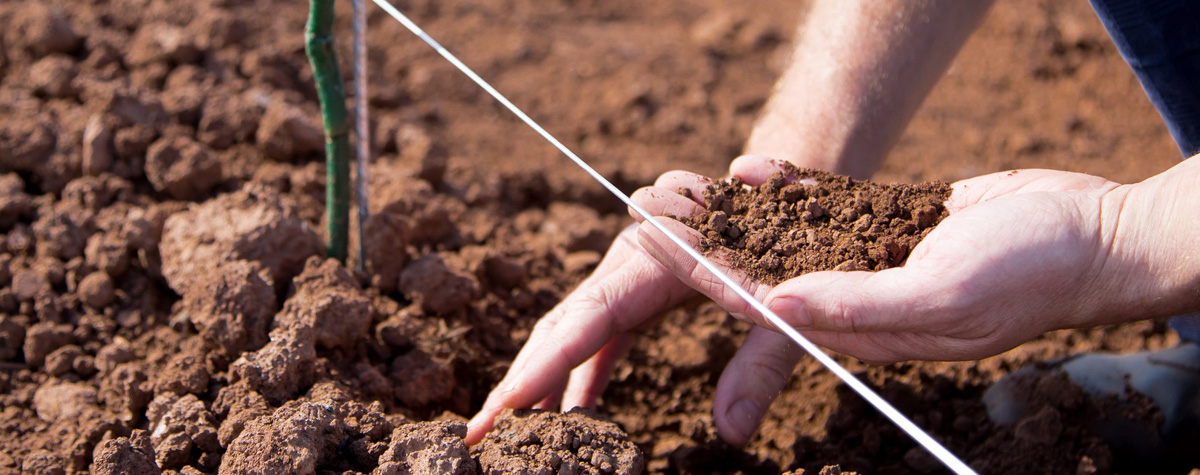Soil microbes are also fully integrated into many critical vine processes, including stress responses such as water stress, salinity and fungal infection.
'We should also be looking at our vineyard practices'If soil microbes are so important, we should also be looking at our vineyard practices to see what effect they might be having on them.
Below are some interesting research papers to give an idea of what is going on below the soil surface.
Plant and Soil: 2018: Online January 2018: Vukicevich E 2018: Groundcover management changes grapevine root fungal communities and plant-soil feedback
This is an extremely interesting study from Canada looking at the influence of cover crop species on soil fungal communities and the potential for managing the destructive black foot grapevine disease.
Key findings: Cover crop species affects the fungal communities living on and around grapevine roots, specific species foster fungi that counteract black foot fungi, Ilyonectria liriodendri in this case, mycorrhizal fungi were not influenced.
The implication here is if you are having issues with black foot, take another look at your cover cropping programme as a change of species mix might help protect the remaining healthy vines from infection.
Conducting a baseline analysis of fungal and bacterial communities in the soil before running a field trial is important. The trial block should also be very uniform in terms of soil chemistry, physical parameters and water holding capacity as these can affect soil microbes significantly.
By way of an example, here is a field trial from Slovenia looking at a question that is of interest to most of us, conventional versus organic…
Applied Soil Ecology: 2017:113 p86-95: Likar M 2017: Ecological and conventional viticulture gives rise to distinct fungal and bacterial microbial communities in vineyard soils
Key findings: Conventional versus organic management affected soil bacteria more than fungi, deep tillage created the most profound effects, localised terroir influences fungal and bacteria communities.
And here’s a field trial in a commercial vineyard in Argentina:
Physiologia Plantarum: 2013: Early view: Salomon M V 2013: Bacteria isolated from roots and rhizosphere of Vitis vinifera retard water losses, induce abscisic acid accumulation and synthesis of defense-related terpenes in in vitro cultured grapevine
Key findings: Bacteria increased the level of ABA (plant hormone) in vines in correlation to reducing water loss and increased the levels of monoterpenes and sesquiterpenes (compounds involved in plant defence with aroma implications).
This study should provide particular motivation to those dealing with the effects of climate change.
So why have we ignored soil microbes in vineyard monitoring in the past? You could say that there was a “lack of knowledge” phase, a “lack of extension phase” and an “it is too expensive” phase. Thanks to metabolomics and proteomics, commercially viable testing is now available. However, there might be an “are we interpreting the results correctly” phase to come!
Here is another example of the type of analyses available:
FEMS Microbiology Ecology: 2018: Online October 2018: Bona E 2018: Metaproteomic characterization of Vitis vinifera rhizosphere
Key findings: Proteomics can be used to identify and assess the activity of soil bacteria, observation of the role of bacteria in phosphorus and primary metabolic processes.
James Wright is an international viticulture and management consultant and author of www.vitisynth.com and the newsletter VitiSynthesis.













.png)






